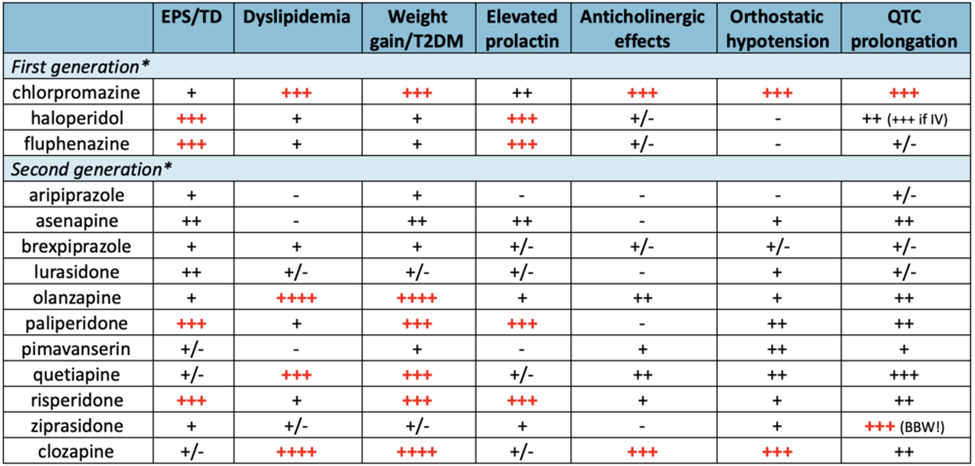A nurse can anticipate anticholinergic side effects are likely when a patient is taking:
risperidone (Risperdal)
lithium (Lithobid)
buspirone (Buspar)
fluphenazine (Prolixin)
The Correct Answer is D
A. Risperidone (Risperdal):
Risperidone is an atypical antipsychotic and generally has a lower propensity for causing anticholinergic side effects compared to typical antipsychotics.
B. Lithium (Lithobid):
Lithium is a mood stabilizer used primarily for bipolar disorder and does not typically cause anticholinergic side effects.
C. Buspirone (Buspar):
Buspirone is an anxiolytic medication and does not have significant anticholinergic properties. It tends to have fewer side effects compared to other medications used for anxiety.
D. Fluphenazine (Prolixin):
Fluphenazine is a typical antipsychotic medication and belongs to the phenothiazine class, which is known to have notable anticholinergic effects. These effects can include dry mouth, constipation, blurred vision, urinary retention, and cognitive impairment.

Nursing Test Bank
Naxlex Comprehensive Predictor Exams
Related Questions
Correct Answer is B
Explanation
A. "Did you take your medicine this morning?": While medication adherence is important, this response does not directly address the client's distress or validate their experience. It may come across as dismissive.
B. "I'm sure the voices sound scary, I don't hear any voices speaking.": This response acknowledges the client's experience without confirming or denying the presence of the voices. It expresses empathy and provides reassurance, fostering a therapeutic relationship.
C. "The devil only talks to people who are receptive to his influence": This response introduces a belief system that may not align with the client's reality and could be perceived as judgmental. It's important to avoid imposing personal beliefs on clients experiencing hallucinations.
D. "You are not going to hell. You are a good person": While expressing support and reassurance is positive, making definitive statements about the client's fate or goodness may not be helpful. It's more effective to acknowledge the distress without making absolute affirmations.
Correct Answer is D
Explanation
A. Provide client with high-calorie finger foods throughout the day:
While providing high-calorie finger foods may increase caloric intake, it may not be the most effective strategy for a specific weight gain goal. It's essential to encourage a balanced and varied diet.
B. Teach the importance of a varied diet to meet nutritional needs:
This is a good general approach to promote overall nutritional health, but it may not be specific enough to address the immediate goal of gaining 2 pounds within a week.
C. Initiate total parenteral nutrition to meet dietary needs:
Total parenteral nutrition is an invasive and aggressive intervention typically reserved for cases where oral or enteral feeding is not possible or insufficient. It is not the first-line approach for someone who can consume food orally.
D. Accompany client to cafeteria to encourage adequate dietary consumption:
This is the most appropriate intervention. Accompanying the client to the cafeteria provides an opportunity for direct encouragement and support during meals. It helps ensure that the client is consuming an adequate amount of food, which is crucial for the goal of gaining 2 pounds within a week.
Whether you are a student looking to ace your exams or a practicing nurse seeking to enhance your expertise , our nursing education contents will empower you with the confidence and competence to make a difference in the lives of patients and become a respected leader in the healthcare field.
Visit Naxlex, invest in your future and unlock endless possibilities with our unparalleled nursing education contents today
Report Wrong Answer on the Current Question
Do you disagree with the answer? If yes, what is your expected answer? Explain.
Kindly be descriptive with the issue you are facing.
